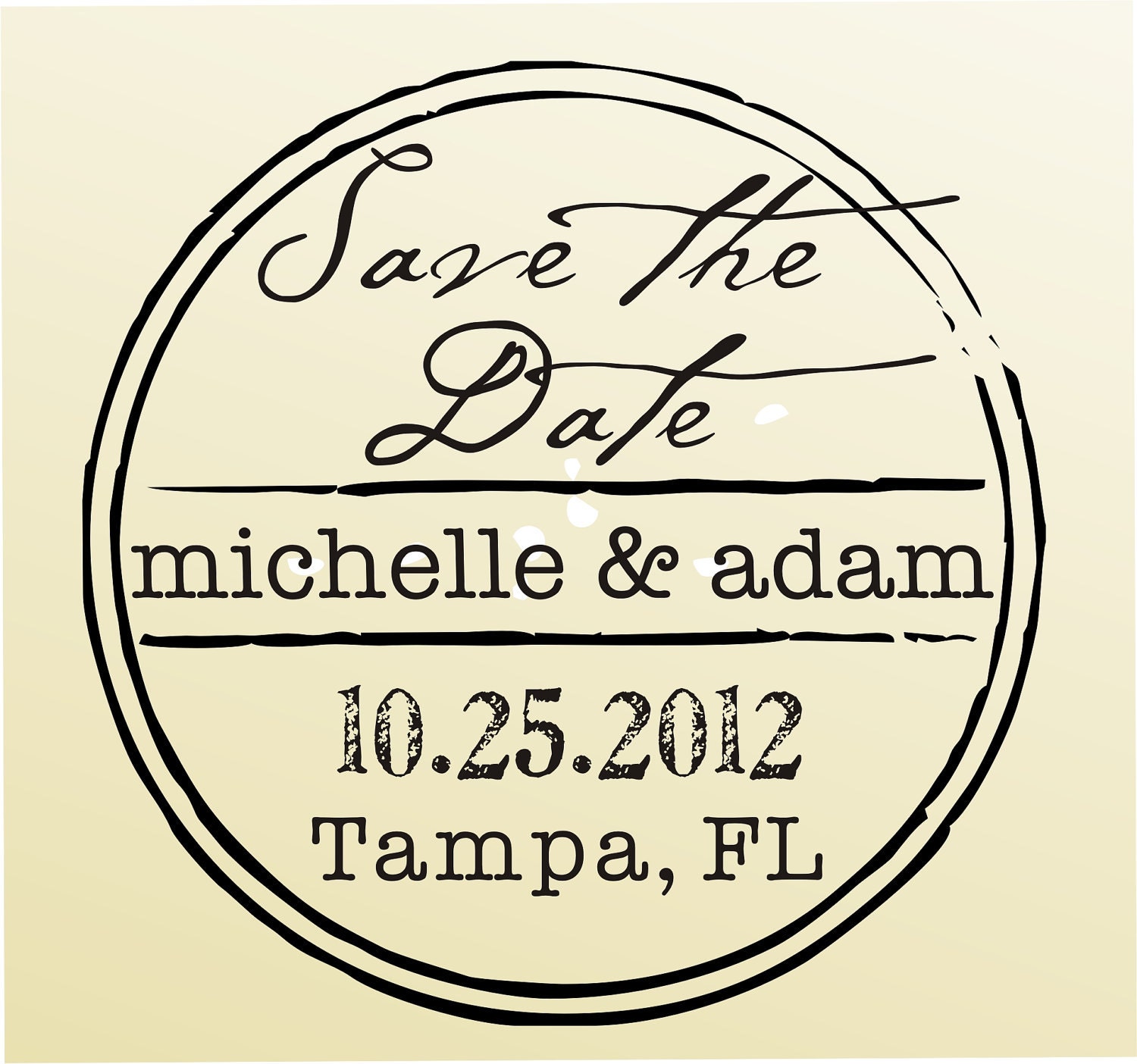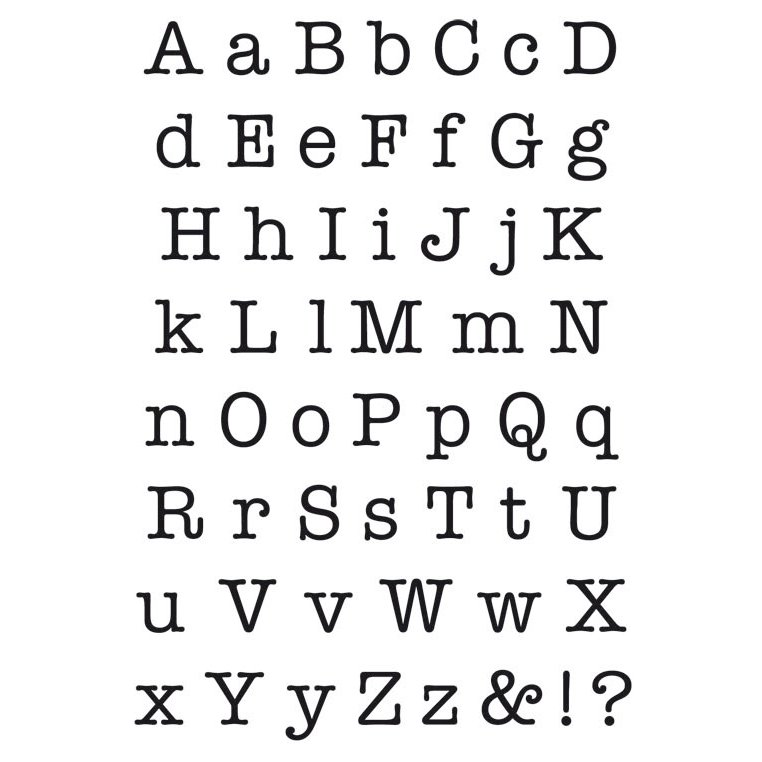
Fonts work well if they’re from the same general era. I think when you juxtapose the different styles, it often just “works”.ģ. I like to mix fonts that are fundamentally different types of text - script with print fonts, chunky fonts with thinly lined fonts, casual with more formal fonts.

Otherwise, if your fonts have the same line width or general look, the nuances of the fonts will be lost since they look too much alike at first glance.Ģ. Make sure one of the two fonts has a heavier line or stands out more, to act as a focal point. Here are a few things I’ve learned while pairing fonts:ġ. The composition of the text and images in your project can really suffer, and make everything just look “off”. I’ve found that if fonts in a project don’t really go together or work together well, the issues stick out like a sore thumb. That was until I tried a few projects that used graphic backgrounds with lots of text layered on top. I thought you just picked a few you liked and typed them in. I honestly never really paid attention to how fonts went together. Tall Dark and Handsome by QuickStick Productions paired with Learning Curve Pro by Blue Vinyl Fonts Alex Brush by TypeSETit paired with Ecuyer DAX by DaxadĦ. FFF Tusj by Magnus Cederholm paired with Mathilde by Lee Batchelorĥ. Playball by TypeSETit paired with Aaargh by Tup WandersĤ.

My Underwood by Tension Type paired with Mathlete by MattoxĢ.

Today we’re sharing some ideas and tips for pairing fonts, and of course, we have several of our favorite font combos for you to download and try out on your projects too! At the end of the post, there are a few suggestions for pairing fonts, based on a lot of trial and error while working on my digital art projects.ġ. Over the last year, we’ve shared a bunch of fonts that we think go really well with graphics on this site.


 0 kommentar(er)
0 kommentar(er)
